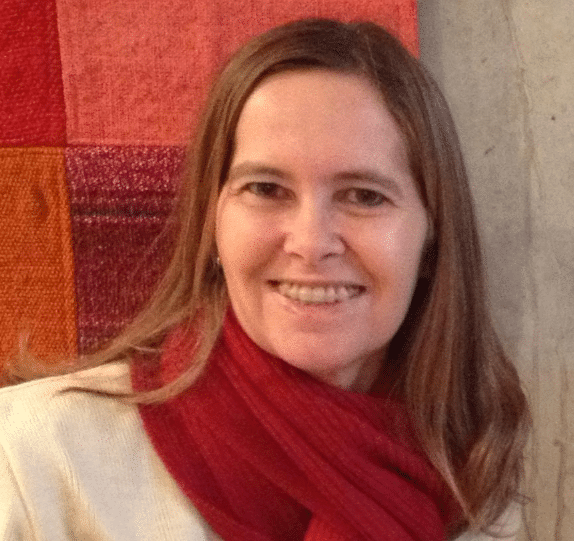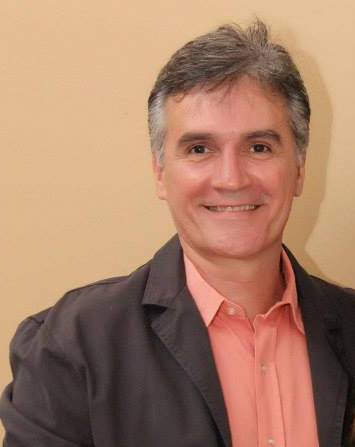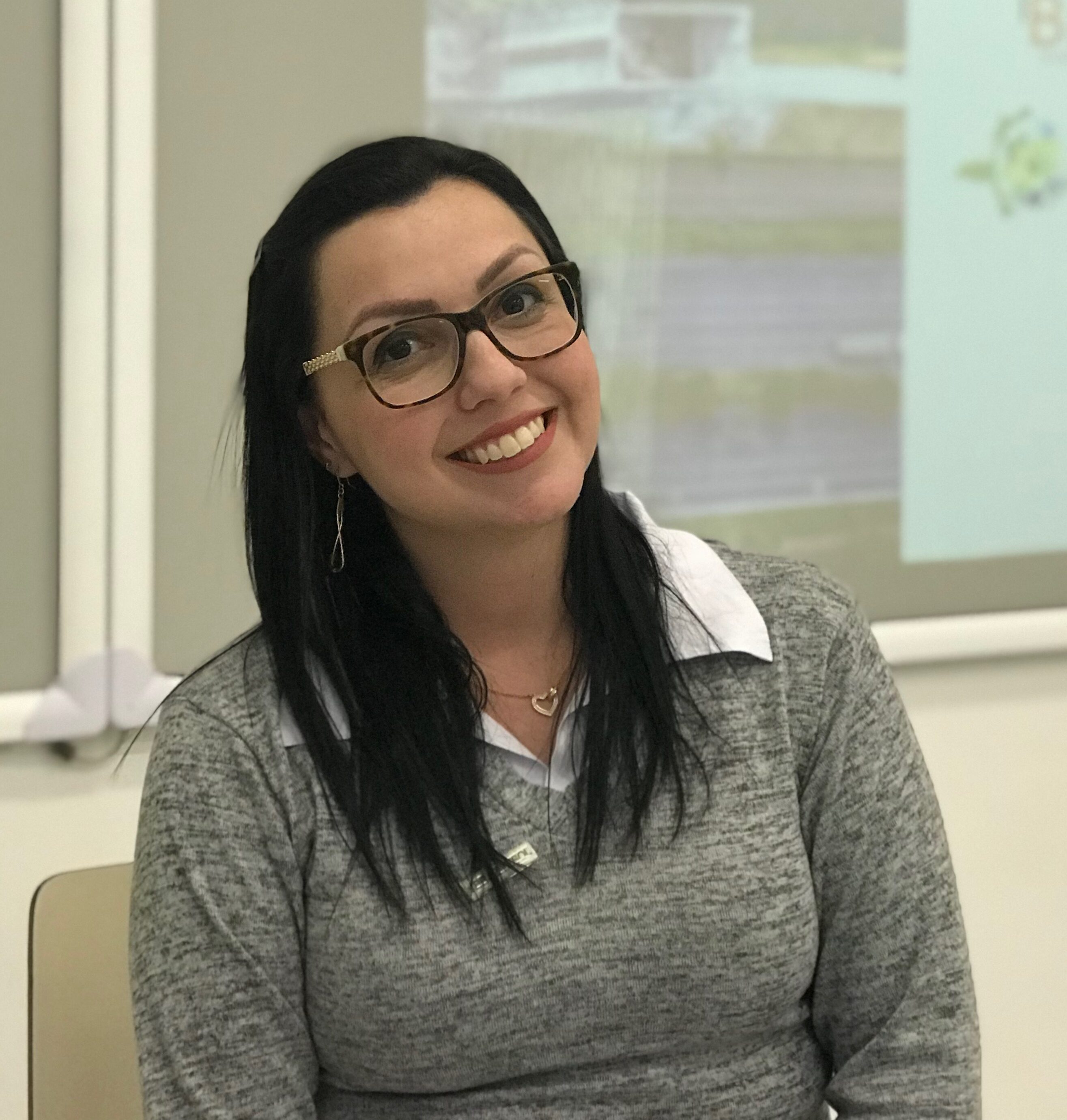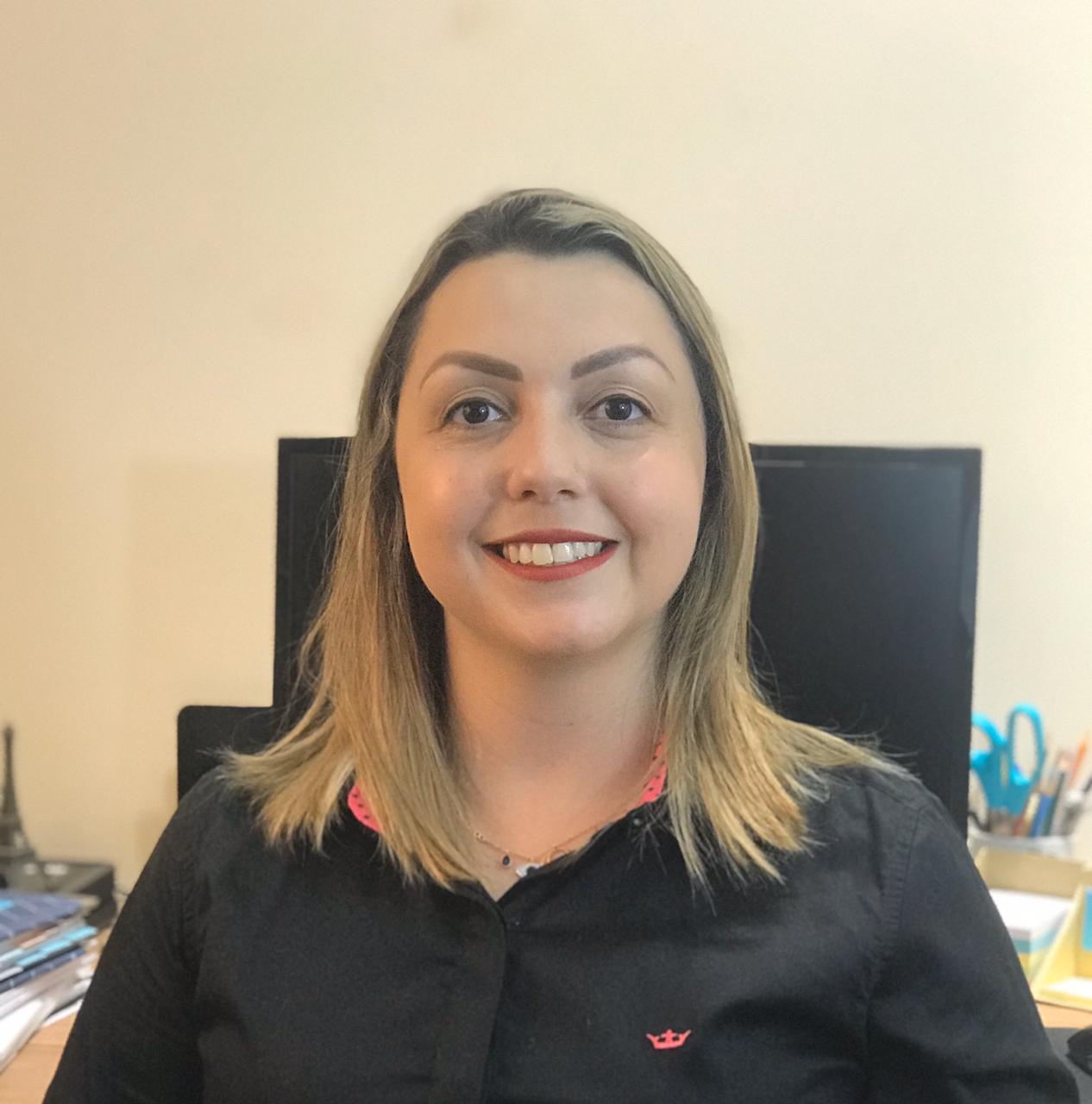Teachers as practitioner researchers
“…and three things really matter: (1) deciding on something that you want to do; (2) that you can do; and (3) that is really worth doing.”
—- Keith Richards, Qualitative Enquiry in TESOL (2003)
When teachers investigate their own practice through research, they become practitioner researchers. To become a practitioner researcher, we need to nurture our curiosity and ask ourselves what we need to improve or what we would like to learn be they teaching approaches or bilingualism. So, how can we turn our classrooms into a space for change and exploration? How can we move beyond our beliefs and start questioning them, or perhaps, start experimenting with them? What are our ‘why’ questions?
These are the questions I have been asking myself since I started my English language specialization course. Blame it on my professors, who have sparked this great curiosity and have instilled in me the desire to learn and to investigate. Ultimately, I feel compelled to start asking myself what really matters to me and what I want to do.
Having seen my sister walk her path to her MA thesis, I’ve had the chance to reflect on my achievements and my aspirations. Now I think it’s time to pursue other goals and nurture my curiosity. Unfortunately, it’s much too easy for busy teachers like me to simply go on without asking questions. Our educational system — ESL contexts in our case, is always telling us what to do; it doesn’t ask us to choose, to create, or to reflect on our practice.
So many other things get in the way that there isn’t much time left for a careful analysis and reflection between one class and the next. Just think of our routines. In a number of contexts, we tell our students to open their books , to close their books, to work in pairs and then in groups, to answer questions, to repeat words, to hand in their written work, to fill in the gaps, to color and paste, to study for their exams, to sit down, to stand up and to sit up straight. As for ourselves, we are given a course book , an approach, a method, a classroom, and handouts; we are trained to teach the syllabus and meet the deadlines.
What we forget is that language is a social phenomenon, and as such, it conveys all sorts of things, from emotions to social status, from thoughts to actions. We chop it up into bite-sized chunks and we mold it, twist it, and bend it so that it fits our ‘teaching mold.’ It is as puzzling as it can be, and yet, we teach our lessons without giving much thought to the teaching and learning conundrum. That said, my present question is: How can we break the mold? Well, it’s possible to make changes by inquiring, investigating, and asking ‘why‘ questions that I am sure we all have. This is the beauty of teachers’ development.
On my first Richmondshare blog post I wrote “as teachers, we never know when and how we impact people.” This new vibrant community of teachers and like-minded professionals from other areas have already impacted me. I’m now willing to go ‘to infinity and beyond’ thanks to our frank, intense class discussions and our professors’ passion for research as a means to promote change. However challenging it is, I believe I can do it.
Well, this is just the beginning of a pretty long journey and I don’t expect my questions to be big or mind-blowing, but I do expect this journey to be something worth doing. I just expect to keep on inquiring until I get some answers and fulfill my desire to learn. This is something we should always try to do no matter how old we are, how busy we are, or how comfortable we think we are. What about you? What matters to you?






